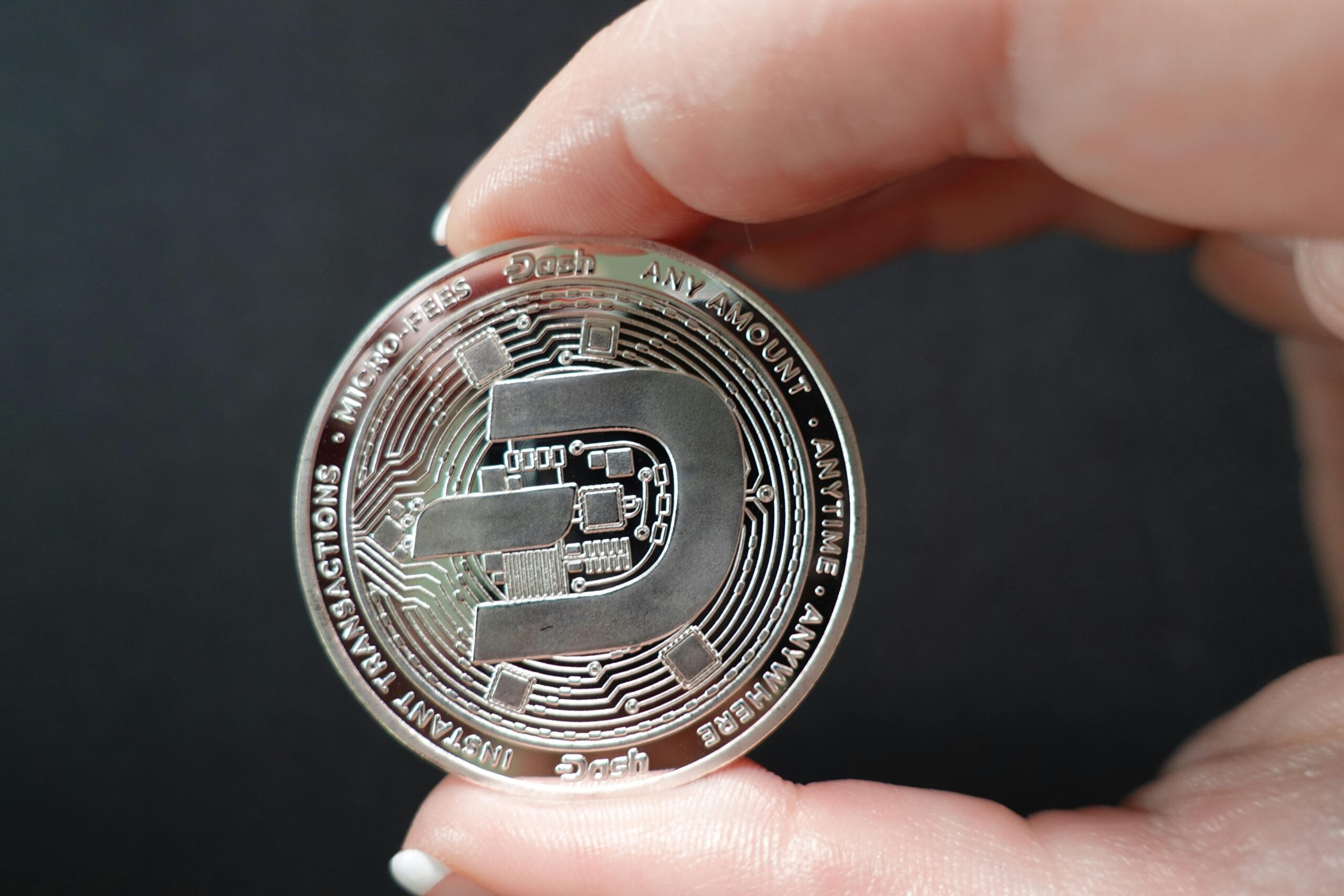The Potential of Blockchain in Agricultural Finance
Introduction
Alright, folks, let’s dive into something that’s not just techy but also could be a game-changer for our farmers out there. Ever heard of blockchain? Yeah, it’s not just about Bitcoin and other cryptocurrencies. Today, we’re going to explore how blockchain technology could revolutionize agricultural finance. If you’re wondering how, stick around because this is about to get interesting!

Understanding Blockchain Technology
How Blockchain Works
So, what is blockchain, really? Picture a digital ledger that everyone can see but no one can tamper with. Every transaction gets recorded in a “block,” and these blocks link together to form a “chain.” It’s like a giant, super-secure notebook where you jot down every deal and trade, and everyone in the network can check it but can’t change it.
Key Features of Blockchain
Here’s why blockchain is the cool kid on the block:
- Transparency: Everyone can see the transactions.
- Security: Super hard to hack.
- Decentralization: No middleman. It’s peer-to-peer.
The Current State of Agricultural Finance
Traditional Financing Methods
Traditionally, farmers have relied on loans from banks, cooperatives, or even moneylenders. They also deal with a lot of paperwork, long processing times, and often, high-interest rates.
Challenges in Agricultural Finance
The hurdles are real: lack of transparency, high transaction costs, limited access to credit, and trust issues. Small farmers, in particular, struggle to get the financial support they need.
Blockchain’s Role in Transforming Agricultural Finance
Enhancing Transparency
Blockchain makes everything crystal clear. Every transaction is recorded, and anyone can verify it. This transparency builds trust among all parties involved.
Improving Traceability
From seed to harvest to your table, blockchain can track every step. This ensures that all processes are recorded and nothing fishy goes on behind the scenes.
Reducing Transaction Costs
No middlemen mean lower costs. Blockchain streamlines transactions, cutting down on the need for brokers, agents, and other intermediaries.
Use Cases of Blockchain in Agriculture
Smart Contracts for Crop Insurance
Imagine a farmer having an insurance contract that automatically pays out if certain conditions are met, like a drought or flood. No hassle, just quick and fair compensation.
Supply Chain Management
Blockchain can track products throughout the supply chain, ensuring everything is accounted for and safe. It’s like having a digital passport for your crops.

Land Registry and Ownership
With blockchain, land records are tamper-proof. This helps prevent fraud and disputes over land ownership, making life easier for farmers.
Benefits of Blockchain for Farmers
Access to Credit
Blockchain can open doors for farmers to get loans more easily and at better rates, especially those who previously couldn’t access traditional banking.
Secure Transactions
With blockchain, transactions are safe, quick, and recorded. Farmers can sell their produce with confidence, knowing they will get paid without delay.
Better Market Access
Farmers can reach new markets and buyers directly, cutting out the middlemen and getting better prices for their products.
Blockchain and Agricultural Supply Chains
Tracking Produce from Farm to Table
Consumers want to know where their food comes from. Blockchain can provide detailed tracking of produce, ensuring transparency from farm to table.
Ensuring Food Safety
With traceability, any food safety issues can be quickly identified and addressed, reducing the risk of widespread contamination.
Combating Food Fraud
Blockchain helps ensure that what you’re buying is exactly what you’re getting. No more passing off fake organic products as the real deal!
Challenges and Limitations
Technological Barriers
Blockchain technology can be complex and expensive to implement. Small farmers might find it difficult to adopt without assistance.
Regulatory Hurdles
Regulations vary by region, and navigating them can be tricky. Governments need to create clear guidelines for blockchain use in agriculture.
Adoption and Integration Issues
Getting everyone on board is a challenge. Farmers, suppliers, and buyers need to work together to integrate blockchain into the system.
Case Studies
Successful Blockchain Projects in Agriculture
Several projects are already showing promise. For example, companies like IBM Food Trust and AgriDigital are pioneering blockchain solutions in agriculture, helping farmers and consumers alike.
Lessons Learned from Early Adopters
Early adopters have shown that while the road can be rocky, the benefits of blockchain in agriculture are worth the effort. Key lessons include the importance of collaboration and the need for user-friendly interfaces.
Future Prospects of Blockchain in Agricultural Finance
Potential Developments
Expect to see more blockchain applications tailored for agriculture, from advanced smart contracts to sophisticated supply chain solutions.
Long-term Impact on the Industry
In the long run, blockchain could lead to a more transparent, efficient, and fair agricultural finance system, benefiting farmers, consumers, and the entire food supply chain.
Conclusion
Blockchain holds immense potential to revolutionize agricultural finance. By enhancing transparency, improving traceability, and reducing costs, it offers a lifeline to farmers and can transform the entire agricultural industry. While challenges remain, the benefits make it a technology worth exploring and investing in.

FAQs
What is blockchain technology in simple terms? Blockchain is a digital ledger where transactions are recorded in a secure, transparent, and unchangeable way.
How can blockchain benefit small farmers? Blockchain can provide small farmers with better access to credit, secure transactions, and improved market access, helping them grow their businesses.
What are the risks of using blockchain in agriculture? Risks include technological complexity, high implementation costs, regulatory hurdles, and the need for widespread adoption.
Are there any real-life examples of blockchain in agriculture? Yes, projects like IBM Food Trust and AgriDigital are successfully using blockchain to enhance transparency and efficiency in the agricultural sector.
What is the future of blockchain in agricultural finance? The future looks promising, with potential developments including advanced smart contracts and sophisticated supply chain solutions, leading to a more transparent and efficient industry.


